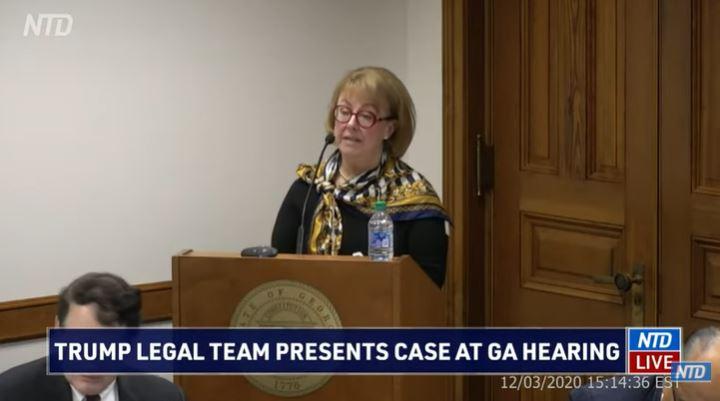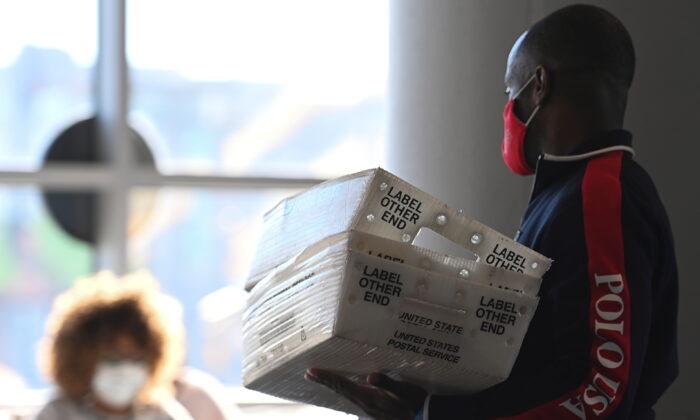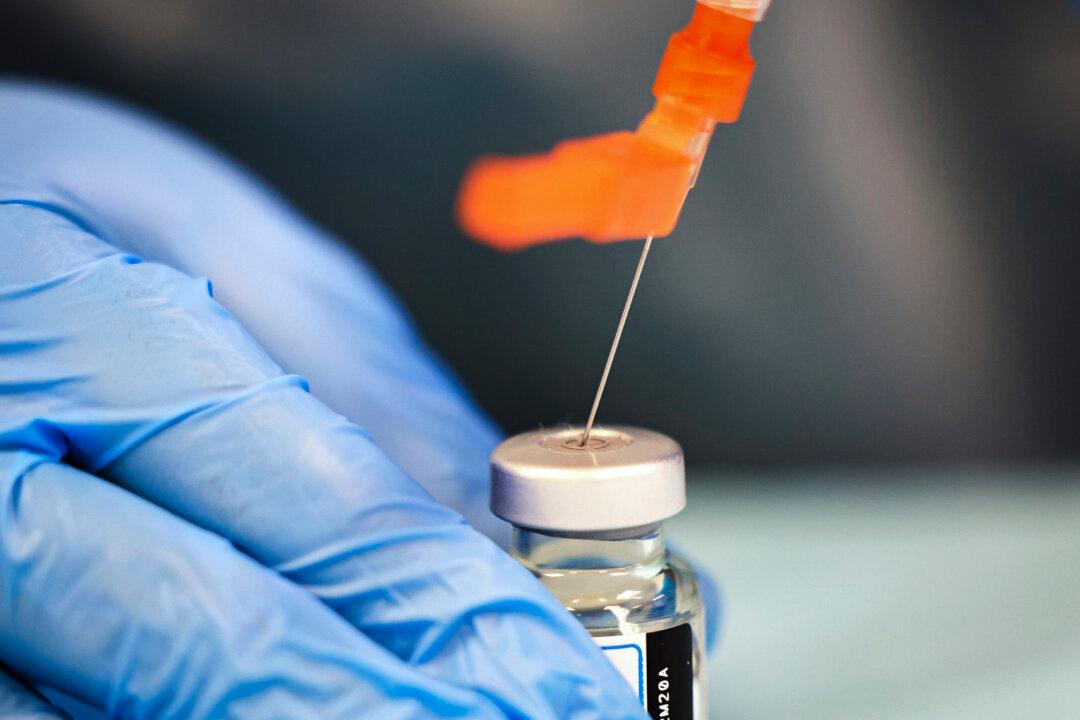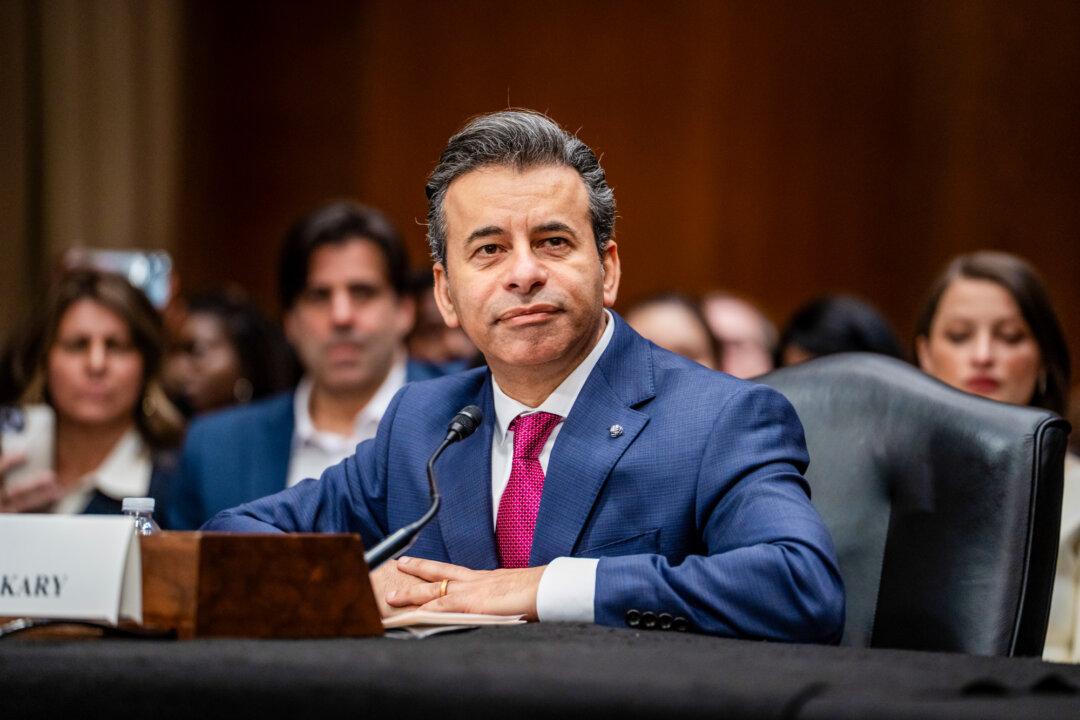A polling manager in Fulton County, Georgia, told state lawmakers on Thursday that she opened up a box of ballots to find a batch of 110 that were “pristine” and not folded.
“Most of them were pretty worn, until we came up to a batch that is, it was, my words were ‘pristine.’ It was white, it was so white,” Susan Voyles told a state Senate committee in Atlanta.
Most absentee ballots are folded because they were sent through and received back through the mail, she added.
“But the thing that really jumped out at us besides the feel of these ballots, there were no folds, was the fact that the first one that was bubbled in had almost a little eclipse of white in the bubble where you would bubble in,” Voyles said.
“What we began to notice was an overwhelming amount were exactly—not possibly—but exactly the same. So these absentee ballots had no folds in them, yet they were presented as absentee ballots. Even if they'd have wound up as a provisional ballot ... it would have been exactly the same, there would’ve been folds in them.”
In the middle of the stack, Voyles and her counting partner found a single ballot that appeared to have been pulled from a printer or copier too soon because the image wasn’t square on the paper.
The Fulton County Board of Elections and the office of Raffensperger haven’t responded to a request for comment about Voyles’s claims.

Voyles said she and the person she was working with also found it unusual that the suspicious batch included 110 ballots, while most contain 100. Officials allegedly told counters no batch would ever contain more than 100. “We found this to be quite an oddity,” she said.
Pressed by a state lawmaker who wondered whether the pristine nature of the ballots could be explained by the duplication process, Voyles said that was possible.
But, she added, the probability is slight because 98 percent of the ballots had the little white eclipse on the first marking, the one for the presidential vote.
“Why would all of them be exactly the same?” she asked.
Voyles also told lawmakers that she participated in the hand audit but she and her partner were told to leave at 10 a.m. one day after counting just 60 ballots, even though other workers had thousands to go through.
She and her fellow counter offered to help the others, but were turned down.





